Hiking through the magnificent wilderness of national parks is as thrilling as it sounds, but it comes with its own set of challenges. You might think you’re prepared to tackle those trails, but are you sure you’re not falling into common pitfalls?
Join me as I unveil the dos and don’ts to ensure your adventures remain as spectacular as your Instagram feed. Let’s set your hiking journey on the right track, avoiding hiking mistakes that could turn your dream trek into a tangled mess of confusions and blisters!
Subscribe to daily national parks planning tips, travel inspiration and trip ideas and I’ll send you a free PDF of this Guide on
How to Avoid Common Mistakes New Hikers Make in National Parks
No time right now to read about 15 common mistakes new hikers make in National Parks? Pin It and save it for later:
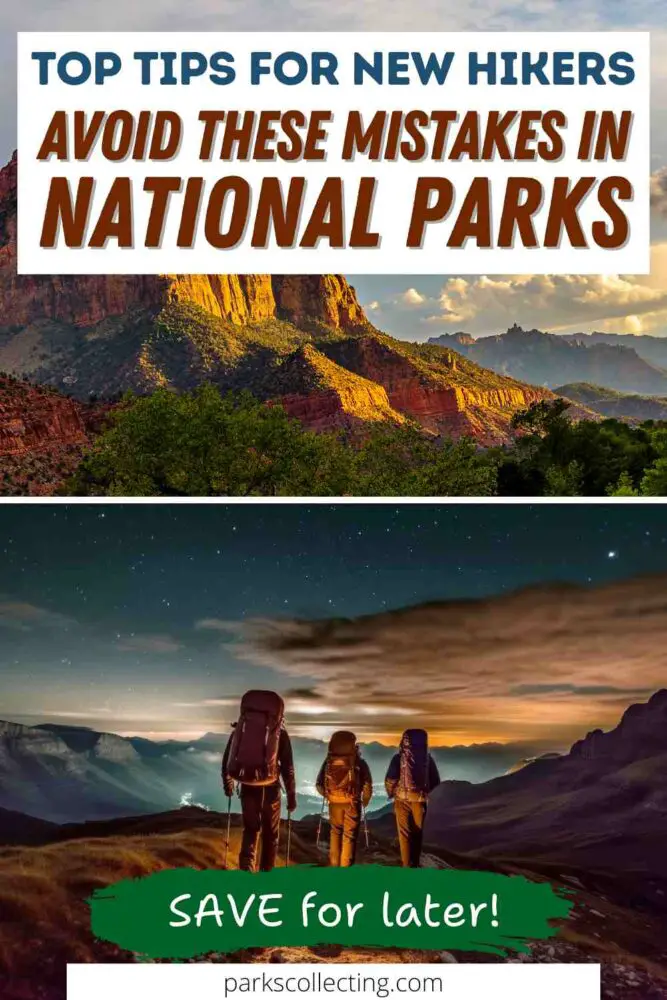
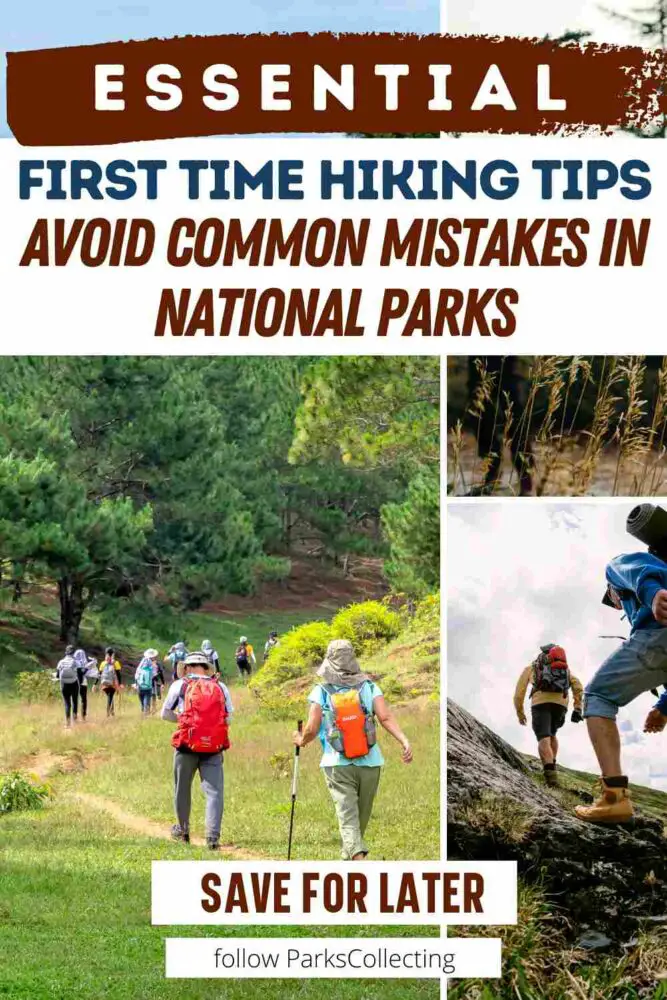
🛏️FIND A HOTEL: Search now
🚘FIND THE CHEAPEST CAR RENTAL: Search Discover Cars for the best deals
✈️FIND THE CHEAPEST FLIGHTS: Search Skyscanner for the best deals
🧳GET TRAVEL INSURANCE: Get insured with Travelex before you go
📱TAKE AN AUDIO TOUR: Buy an audio tour now
Table of Contents
1. Packing Too Much or Too Little
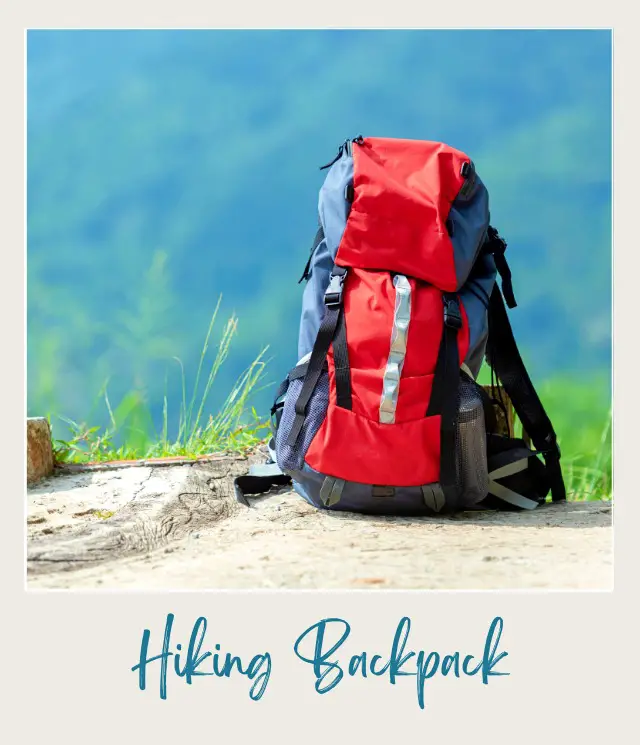
It’s easy to get carried away with packing. That third pair of socks might feel like a necessity, but is it worth the backache? On the flip side, underpacking can leave you without essentials like sunscreen or water. Both extremes can make your trip less enjoyable.
Stick to the essentials: water, snacks, sunscreen, and a map. A good rule of thumb? If it doesn’t serve a purpose, leave it!
Remember, practicality triumphs over ‘what-if’ scenarios. Embrace the minimalist mantra: less is more.
➡️ I’ve made this easy with my list of the Best Hiking Gear for Beginners.
2. Ignoring the Weather Forecast
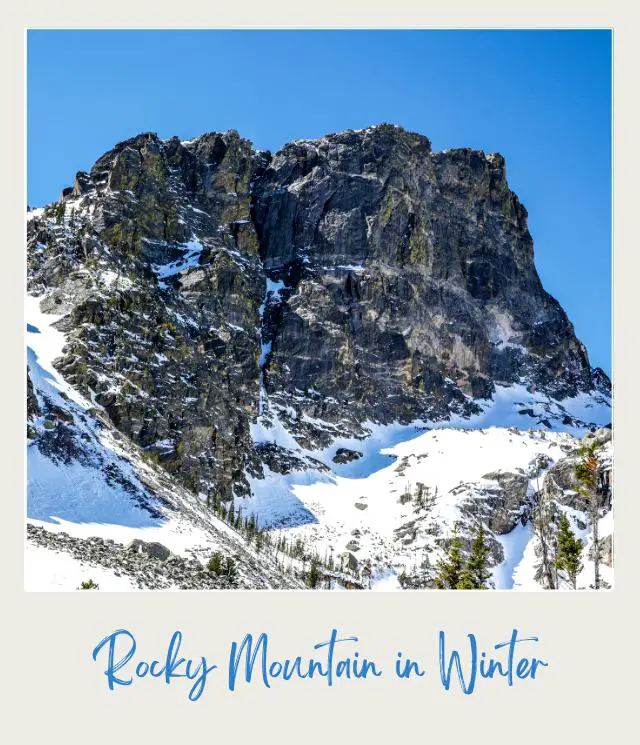
Weather is as unpredictable as a reality TV plot twist. Heading out without checking the forecast can turn a sunny trail into a slippery slog. While surprise showers are perfect for dramatic movie scenes, they’re less than ideal when hiking.
Always check the weather right before you leave. Dress in layers to adapt to changes, and bring along a lightweight poncho just in case.
Trust the forecast. It’s like checking spoilers to avoid plot disasters!
3. Overestimating Your Physical Fitness
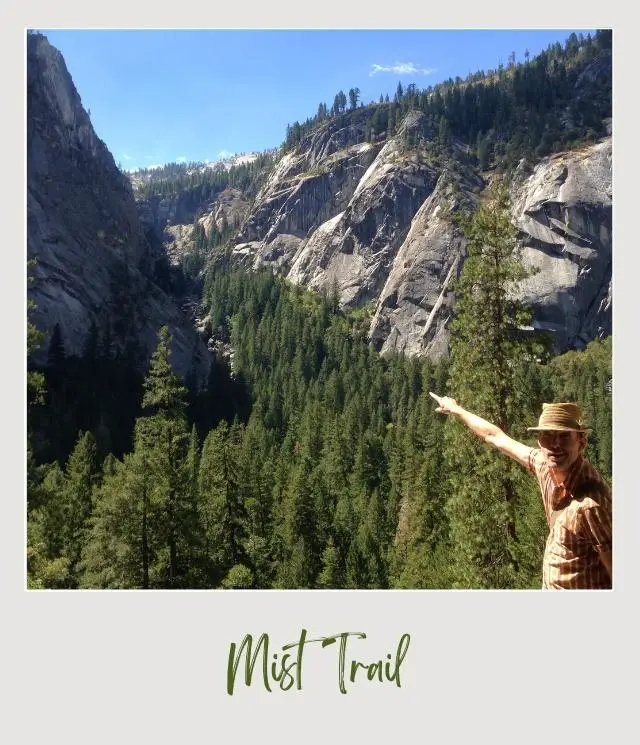
We’ve all been there—feeling invincible until the trail reveals our true limits. Starting on a rigorous hike without conditioning can leave you breathless in all the wrong ways.
Pick trails that match your level. Gradually increase difficulty as your stamina builds. Remember, it’s not a race, it’s an experience.
It’s perfectly okay to go slow. Enjoy the journey without panting like you’ve chased after a bus.
4. Venturing Off the Marked Trail
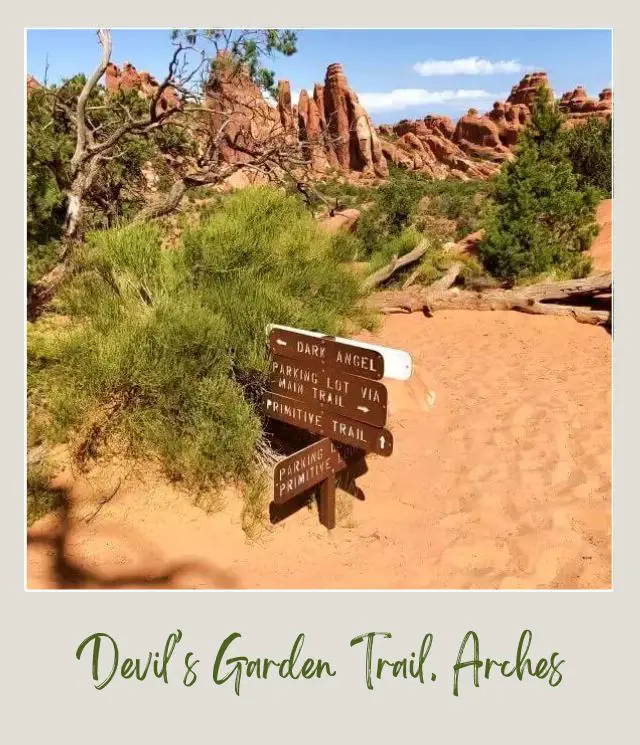
The thrill of exploration is tempting, but veering off marked trails could lead you into uncharted, potentially dangerous territory. It’s not just losing your way—lush foliage can hide daunting drop-offs and wildlife.
Keep to marked trails. These are designed to offer the best experience safely. Not to mention, trailblazing is hard on the environment.
Follow the paths; they offer tales you can whisper without the worry of a search party needing to retrace your adventurous steps.
➡️ Read my Guide to How to Read Trail Markers for help in finding and staying on the trails
5. Ignoring Trail Etiquette
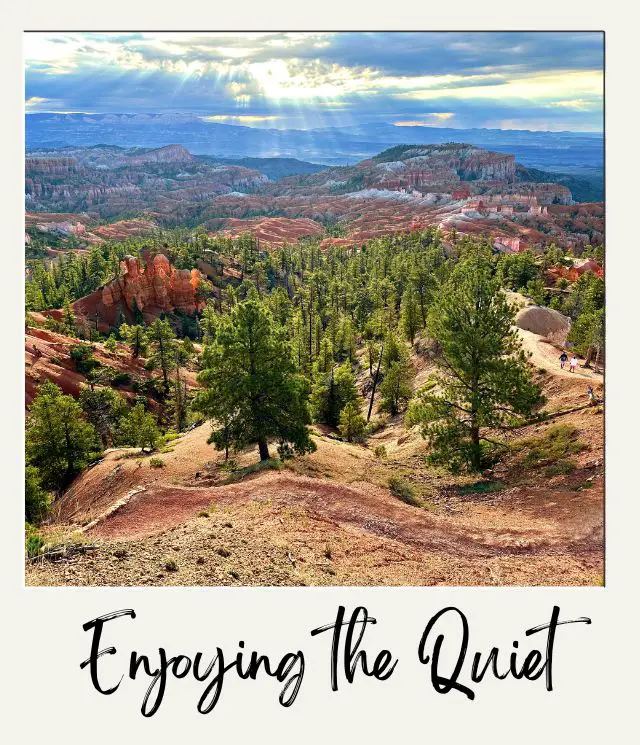
Hiking isn’t just about personal enjoyment; it’s a community. Respect fellow hikers by sticking to trail etiquette. Yield to uphill hikers, maintain a low voice, and keep trash to yourself—leave no trace behind.
Imagine the trails as an unspoken group project where everyone wants the best grade. Play your part, and everyone wins!
➡️ Read my Guide to Hiking Etiquette for more information
6. Disregarding Park Guidelines
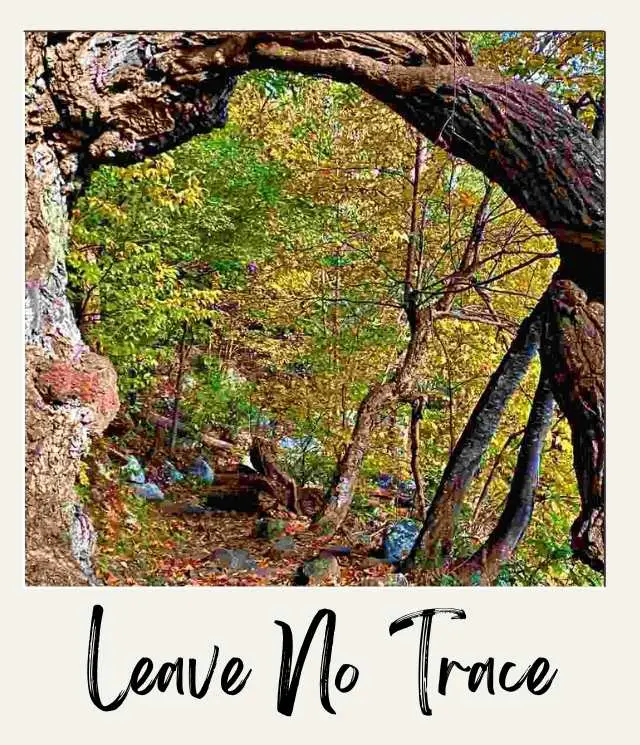
Each national park has its own set of rules, often designed to protect both visitors and the environment. Disregarding these is like ignoring a roadmap in a new city—adventurous but not wise.
Before setting foot on any trail, familiarize yourself with park-specific guidelines. These can save you from potential fines—and keep the wildlife safe!
Remember, rules exist for our best interest and that of the natural habitats we cherish. Ignoring them can lead to unexpected consequences.
7. Underestimating Wildlife

Animals in national parks are charming, but they’re not Disney sidekicks. Approaching wildlife for that perfect selfie could endanger both you and them.
Maintain a safe distance. Use binoculars for close-up views without intruding.
Share the wilderness; don’t make it your safari photoshoot. Remember, wild means ‘not petting-zoo-friendly’!
➡️ Find the Best Binoculars for the Money
8. Skipping a First Aid Kit
The unnoticed root you trip over doesn’t care if it ruins your day. Carrying a first aid kit is like having a safety net for minor mishaps.
Include bandages, antiseptic, and pain relief tablets. It’s like a bag of magical healer’s treats.
➡️ Get a small first aid kit for hiking
9. Not Planning Your Route
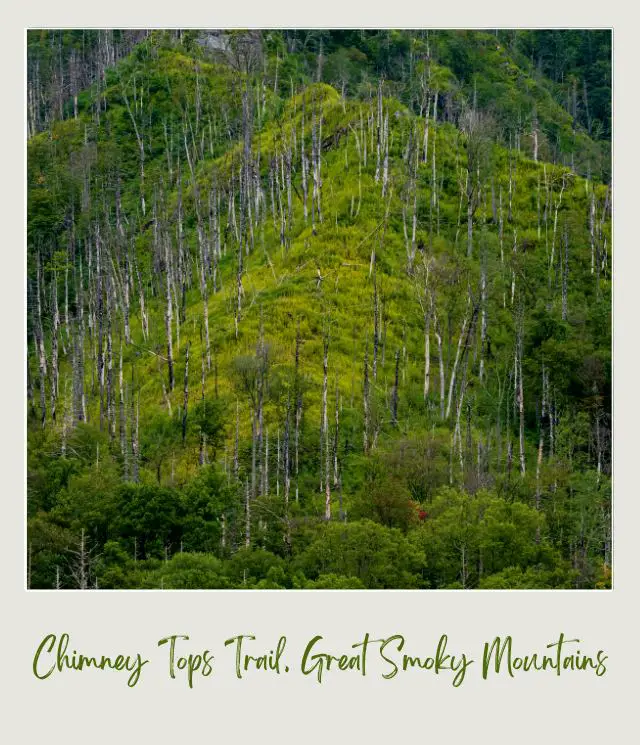
Embarking on a trail without a plan is thrilling until you realize you’re walking in circles. Studying your route prevents unpleasant surprises.
Use a digital map app or a trusty paper map. Knowing where you’re headed means more time for photoshoots and less for frustration.
Plotting your course beforehand saves your energy for ‘wow’-worthy sights—not desperate takes hoping for a ‘Rick Steves’ grasp of direction!
10. Failing to Hydrate
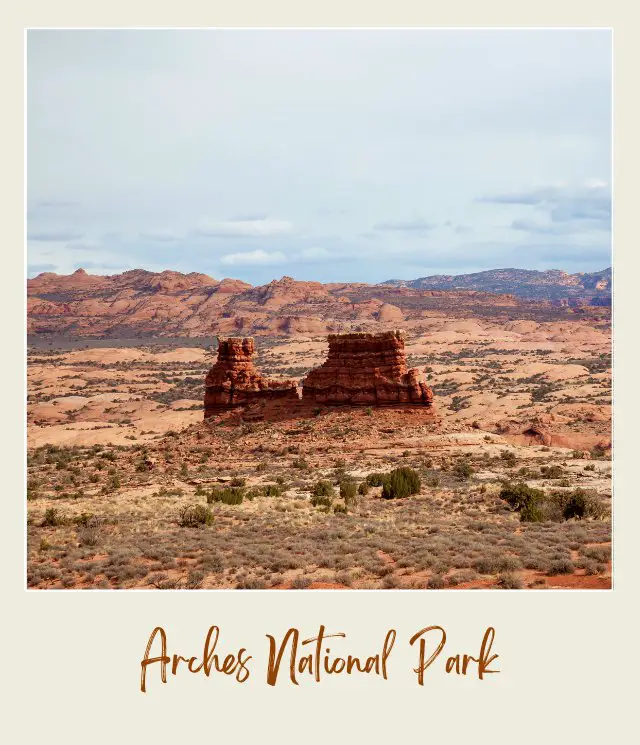
Hydration isn’t just a summertime mantra; it’s vital while hiking. Dehydration can sneak up on you quicker than a squirrel eyeing your sandwiches.
Cary at least 2 liters or quarts of water per person. If you feel thirsty, you’ve already waited too long to sip.
Keep that bottle close. Sip often. Hiking joy is a hydrated hiker’s companion.
➡️ Get a Hydro Flask water bottle
11. Wearing the Wrong Footwear
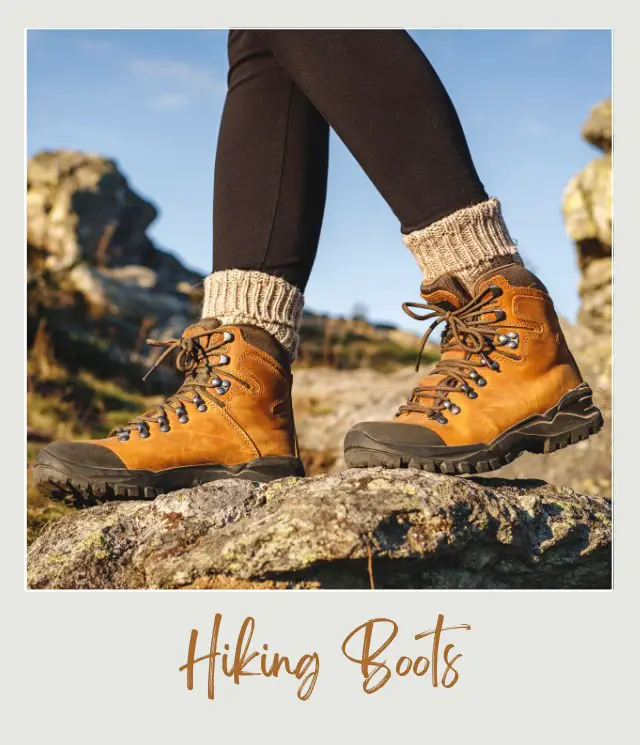
Fancy sneakers may look Instagram-ready, but they won’t provide the ankle and sole support that rugged trails demand. Slippery slopes need something sturdier beneath you.
Invest in good-quality hiking boots. Break them in before long hikes to avoid blisters.
Think of them as your secret behind-the-scenes support team, keeping you steady on trails unknown.
➡️ Read my Guide to the Best Hiking Boots & Shoes
12. Forgetting to Inform Someone
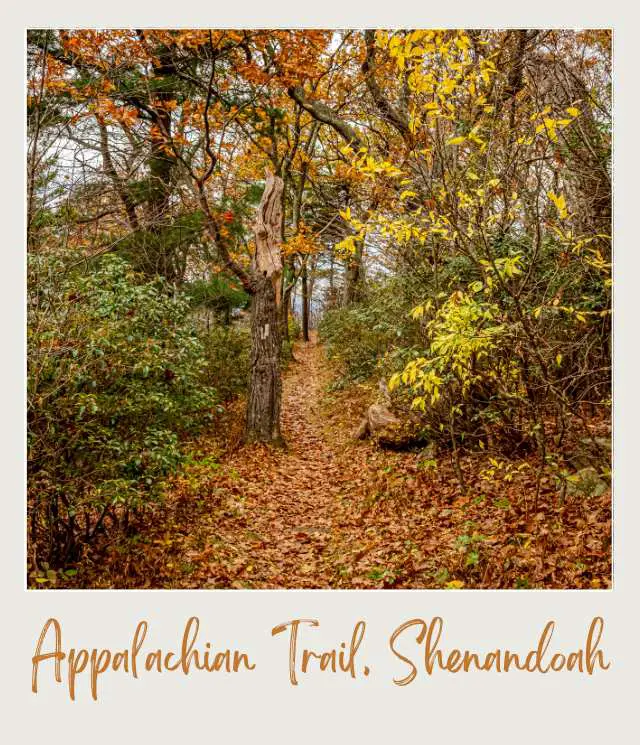
Heading out into the wild without informing someone is like playing hide-and-seek with no seeker. Let someone know your plans, just in case.
Share your destination, expected return time, and route. It’s not about tethering you to civilization; it’s keeping that safety net secure.
13. Not Leaving Enough Time
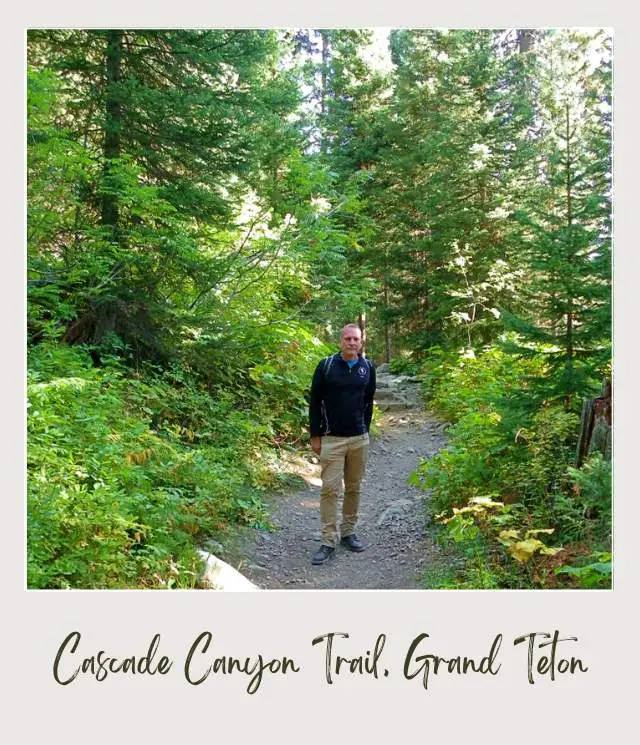
A trail that seems deliverable in daylight might transform into something else if the setting sun catches you by surprise. Give yourself more time than expected.
Start early. Factor in breaks. Remember to account for the extra minute at every stunning vista or when getting that ‘perfect light’ shot.
Time is your companion. Meet its pace without anxiety on your itinerary.
14. Choosing the Wrong Trail for Your Skill Level
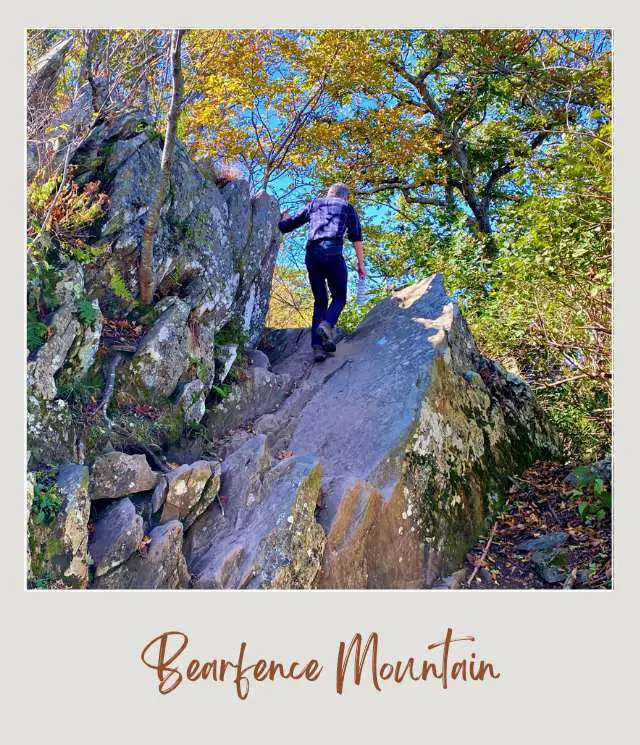
Ambition is great, but biting off more than you can chew can result in a trail too tough for your current skill level. Challenge yourself without setting unreachable goals.
Research trails, focusing on elevation changes and distance. Start with easier ones and work your way up. Confidence builds with experience.
➡️ Read my guide: Things to Consider When Choosing a Hiking Trail for a lot more detail.
15. Not Dressing in Layers
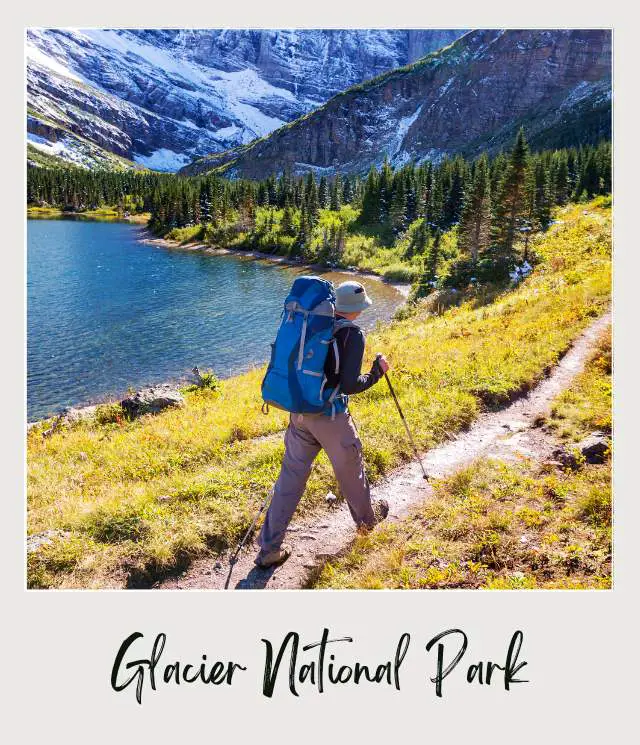
Dressing in layers is crucial for a comfortable and safe hiking experience, especially in environments where weather conditions can change rapidly. New hikers often make the mistake of wearing a single outfit that either leaves them too hot or too cold as the day progresses. This can lead to discomfort, hypothermia, or heat exhaustion, depending on the circumstances.
The key to layering is to start with a moisture-wicking base layer, add an insulating middle layer, and finish with a waterproof outer layer. This setup allows you to easily adjust your clothing to match changing conditions.
For example, you can remove the middle layer when you start to warm up or add the outer layer if it begins to rain. Always plan for varying conditions and pack accordingly to ensure you stay comfortable and safe on the trail.
Closing Thoughts
Stepping into the natural grandeur of national parks can be a transcendent escape from daily grind. With our guide, you’ll handle these challenges like a pro, leaving pitfalls in the dust.
Let this be the start of countless invigorating stories as you delight in the harmony trekking trails bring. Let them remind you of the world’s endless beauty outside your doorstep.
More Hiking Tips
🥾 Hiking Guide for Beginners
🥾 How to Read Hiking Trail Markers
🥾 Hiking Etiquette
🥾 How to Choose Hiking Trails
🥾 Day Hike Packing List
🥾 Best Hiking Gear for Beginners
Do you have any other tips for how to hike safely? I’d love to hear about them. Join my private Facebook group National Parks Collectors and comment and let me know (you can also pick up extra planning tips, share your photos and stories with other national park lovers and more).
Subscribe to daily national parks planning tips, travel inspiration and trip ideas and I’ll send you a free PDF of this Guide on
How to Avoid Common Mistakes New Hikers Make in National Parks
If you liked this article, Pin It to your Hiking board!


💡 Are you just starting to think about taking a National Parks trip? Get Inspiration
‼️ Do you need tips and additional information? Read a selection of tips for visiting US national parks
💻 Are you starting to plan a trip to a national park? Read my free guides
📋 Do you need an itinerary? Buy a detailed itinerary for your park
💲 Are you ready to book your trip? Use these Planning and Booking Resources
📖 Do you want to read a book about US national parks? Check out my Recommended Reading Lists
About the Author
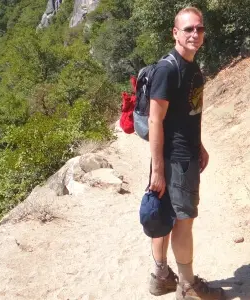
James Ian is a national park, camping and hiking expert.
He has dedicated his life to travel, visiting more than 80 countries, all 7 continents and most of the national parks in the United States. With over 35 years experience in the travel industry, James has worked on cruise ships, at resorts and hotels, and as a travel planner who’s helped hundreds of people plan successful trips to US national parks.
Based on his experience visiting our national parks multiple times, in-depth research and expertise as a travel planner, James has published detailed itineraries for many of the major national parks in the US. These itineraries, as well as in-depth park guides, and other resources will help you have your own incredible trip to US national parks without stress and hassle.
As a national park expert, James has contributed to many publications, including USA Today, Newsweek, Time Business News, Savoteur, Best Trip, and Wired.
I’m a member of the Amazon Services LLC Associates Program. As an Amazon Associate I earn from qualifying purchases.

